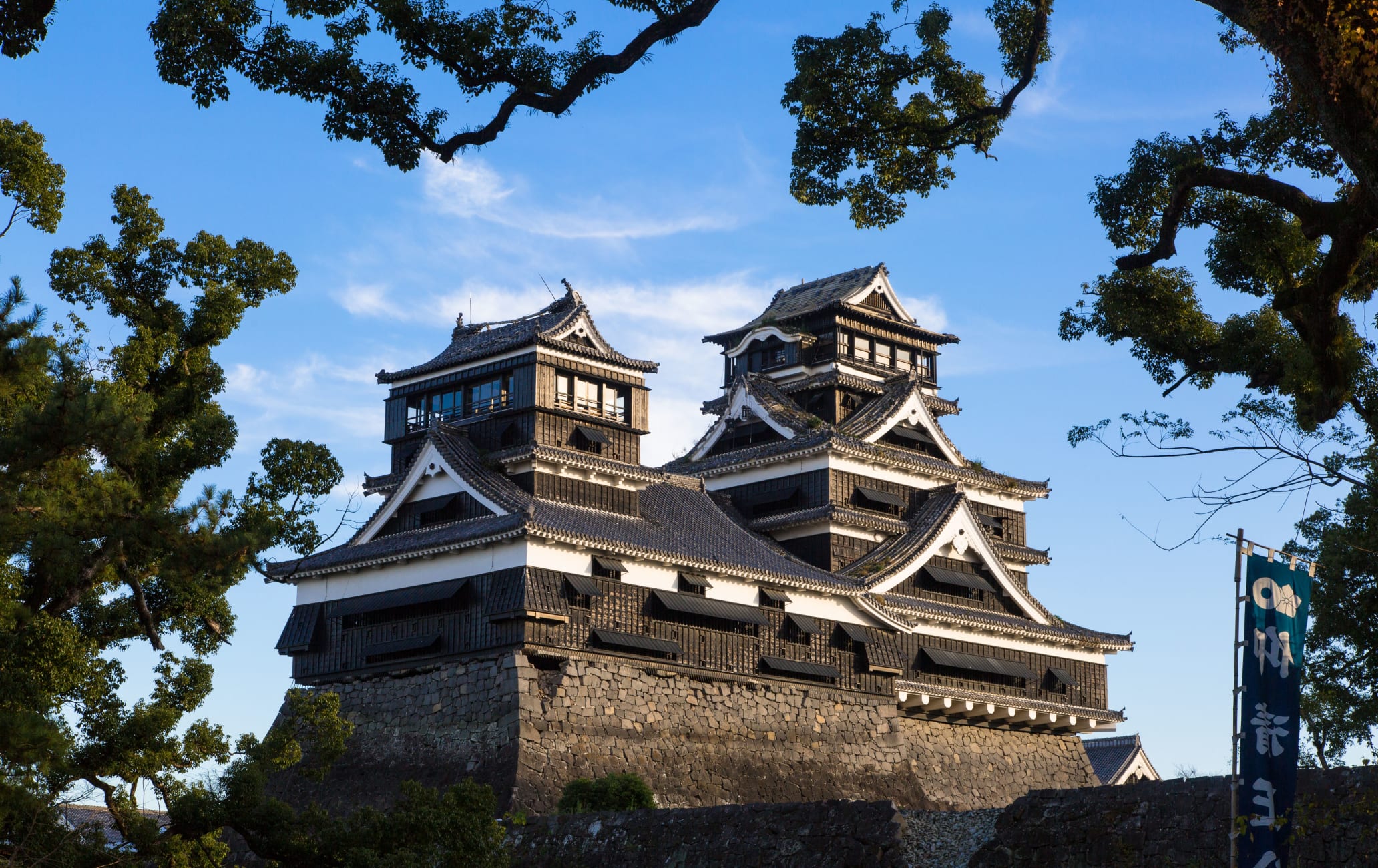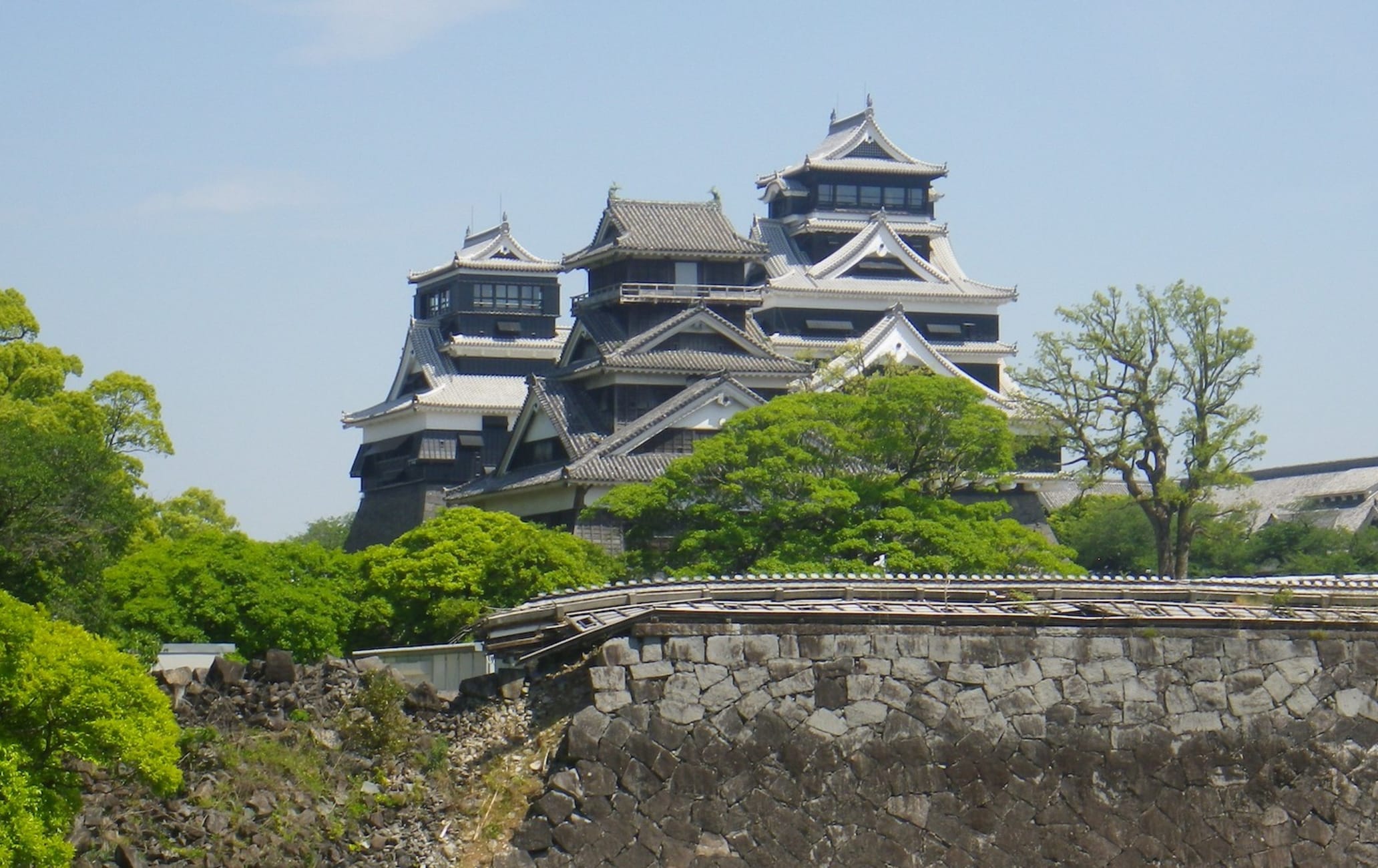Kumamoto Castle: History And Significance
Share
Kumamoto Castle, located in Kumamoto Prefecture, Japan, stands as a remarkable symbol of Japan's feudal history and architectural prowess. With its striking black and white exterior, it is not only an architectural marvel but also a significant historical site that tells the story of Japan's past. This article will take you through the rich history and importance of Kumamoto Castle, making it a must-visit destination for travelers.
The Origins of Kumamoto Castle
Kumamoto Castle was originally built in 1467 by the warlord Kiyomasa Kato. The castle was constructed to serve as a stronghold during the turbulent Sengoku period, a time characterized by constant military conflict and political intrigue. The strategic location of the castle allowed it to control the surrounding area, making it a vital military base.
The castle underwent significant renovations and expansions in the early 17th century under the rule of the Hosokawa clan, who transformed it into one of the most formidable castles in Japan. The construction of the iconic stone walls, moats, and watchtowers contributed to its reputation as an impregnable fortress.
Architectural Features
Kumamoto Castle is renowned for its unique architectural style, which combines traditional Japanese design with defensive features. The castle's main keep, or tenshu, is a five-story structure that offers panoramic views of the surrounding landscape. The use of black plaster and wooden beams gives the castle its distinctive appearance, often referred to as "the black castle."
The castle complex includes several other buildings, such as the Ninomaru Palace, which showcases the elegance of Japanese architecture with its sliding doors and tatami mat flooring. The intricate design and craftsmanship reflect the artistic sensibilities of the Edo period.
Historical Significance
Kumamoto Castle played a pivotal role during various historical events, including the Boshin War (1868-1869) and the Satsuma Rebellion (1877). During the Boshin War, the castle was a stronghold for the Imperial forces, while in the Satsuma Rebellion, it was besieged by the Imperial Army. The castle's resilience during these conflicts solidified its status as a symbol of resistance and strength.
In 1945, the castle suffered extensive damage during World War II, but restoration efforts began soon after. Today, it stands as a testament to Japan's enduring spirit and commitment to preserving its cultural heritage.
Best Time to Visit Kumamoto Castle
The ideal time to visit Kumamoto Castle is during the spring (March to May) and autumn (September to November) months. During spring, the cherry blossoms bloom, creating a picturesque backdrop for the castle. In autumn, the foliage transforms into vibrant hues of red and orange, enhancing the castle's beauty.
Weather Information
- Spring: Mild temperatures ranging from 10°C to 20°C (50°F to 68°F) with occasional rain.
- Autumn: Comfortable temperatures between 15°C to 25°C (59°F to 77°F) with clear skies.
Key Attractions Nearby
While Kumamoto Castle is the main attraction, the surrounding area offers additional points of interest:
- Suizenji Jojuen Garden: A traditional Japanese garden featuring a picturesque landscape with ponds, tea houses, and walking paths.
- Kumamoto Prefectural Museum of Art: Showcasing a collection of Japanese and Western art, this museum provides insight into the region's cultural heritage.
- Shimada Museum of Arts: A small museum dedicated to the art of Kumamoto, featuring local artists and historical artifacts.
Cultural Events and Festivals
Kumamoto Castle hosts various cultural events throughout the year, including traditional tea ceremonies, martial arts demonstrations, and seasonal festivals. One of the most popular events is the Kumamoto Castle Cherry Blossom Festival, where visitors can enjoy the beauty of cherry blossoms while participating in cultural activities.
Conclusion
Kumamoto Castle is more than just a historical site; it is a symbol of resilience, architectural beauty, and cultural significance. Whether you're a history enthusiast, an architecture lover, or simply seeking a beautiful destination, Kumamoto Castle offers a unique experience that connects you to Japan's rich heritage.
As you plan your visit, consider booking your accommodations and flights to ensure a seamless journey to this iconic landmark.
Make your trip unforgettable by immersing yourself in the history and beauty of Kumamoto Castle!





